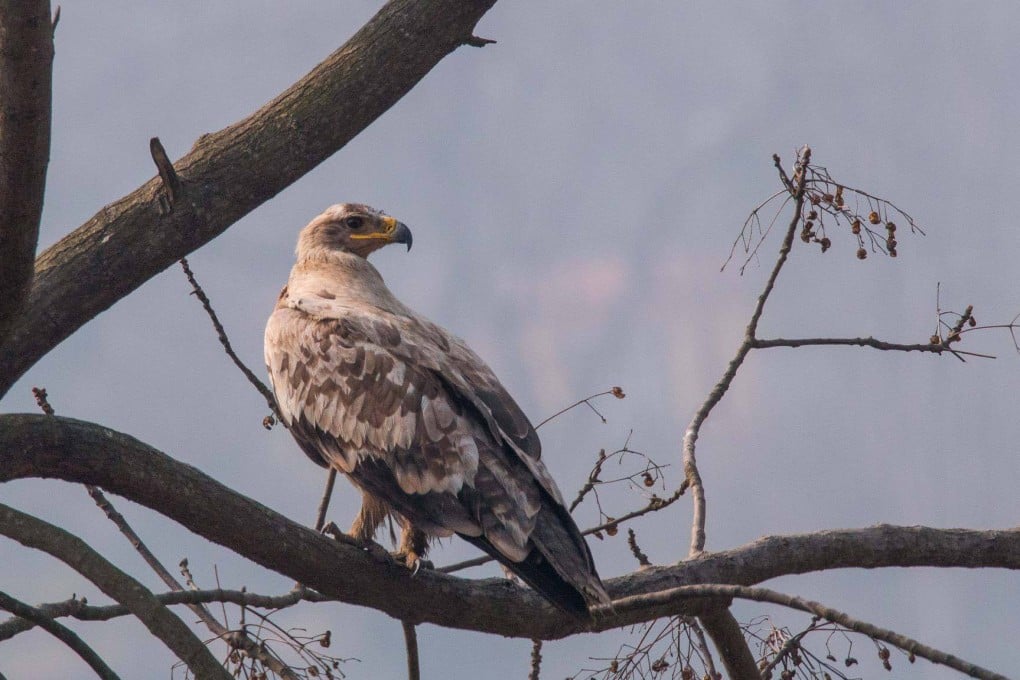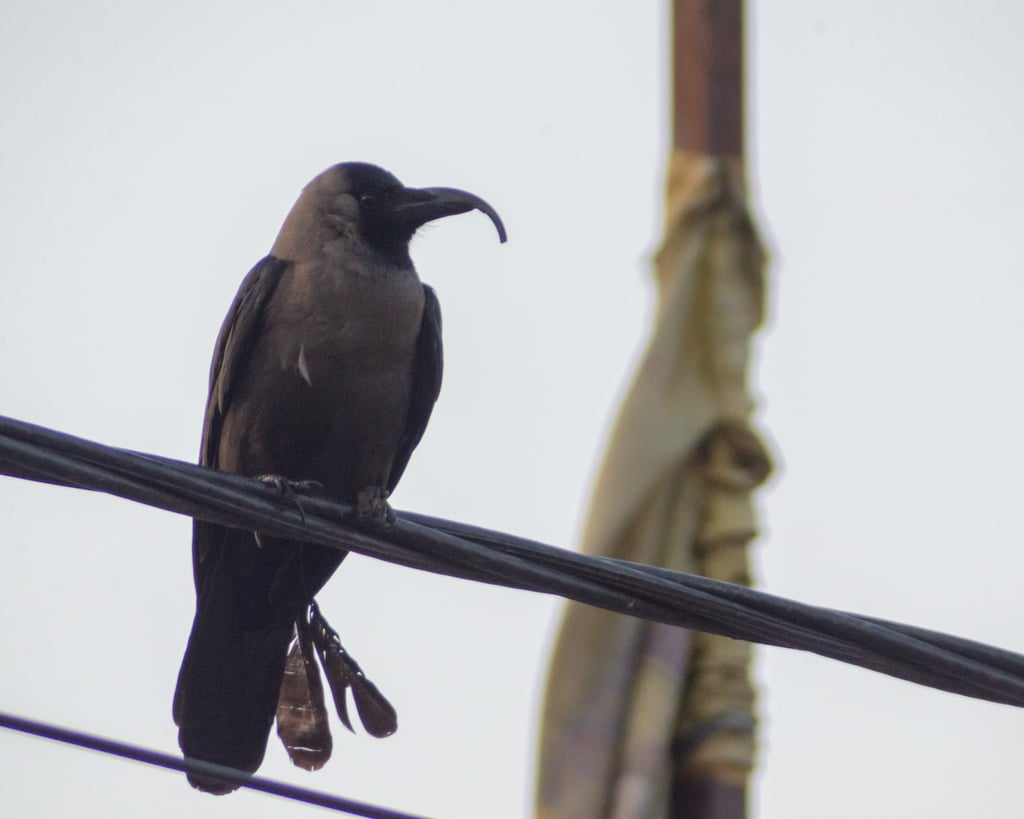In Nepal, deformities in birds expose ‘worrisome’ impact of environmental degradation
- A study has documented abnormalities in birds, such as discoloured feathers and misshapen beaks, in 16 species across Nepal
- Conservationists say factors including habitat loss, climate change, pollution and the use of pesticides may be ‘changing the genes’ of birds

He immediately shared a picture of the crow to a Facebook group for local avian enthusiasts, only to receive several similar images reporting abnormalities in birds. Some of the birds appeared to be leucistic, a condition leading to partial loss of pigmentation in their feathers, while others had albinism or overgrown and deformed beaks, also known as avian keratin disorder.
“At first we just coordinated with bird photographers and enthusiasts and maintained a data set,” said Shrestha, senior research officer at Bird Conservation Nepal. “We then thought it was important to study this phenomenon, since there has been no such study in Nepal.”

In December, Shrestha, along with his colleague Nikeet Pradhan, published the first-of-its-kind report in Nepal documenting avian deformities in the country. Published in the ornithological journal Ornis Hungarica, the study documented two dozen cases of deformities in 16 bird species across the country’s 12 districts.
“All the records were found in urban areas with anthropogenic disturbances, suggesting that the major cause could be environmental degradation by humans,” Shrestha and Pradhan wrote in the paper.
Nepal is home to 892 species of birds of which 42 are classified as globally threatened species, while 172 have been designated nationally threatened, according to a 2022 official bird checklist by Nepal’s Department of National Parks and Wildlife Conservation and Bird Conservation Nepal.
Birds are feeding on food made for humans, including junk and adulterated food items
